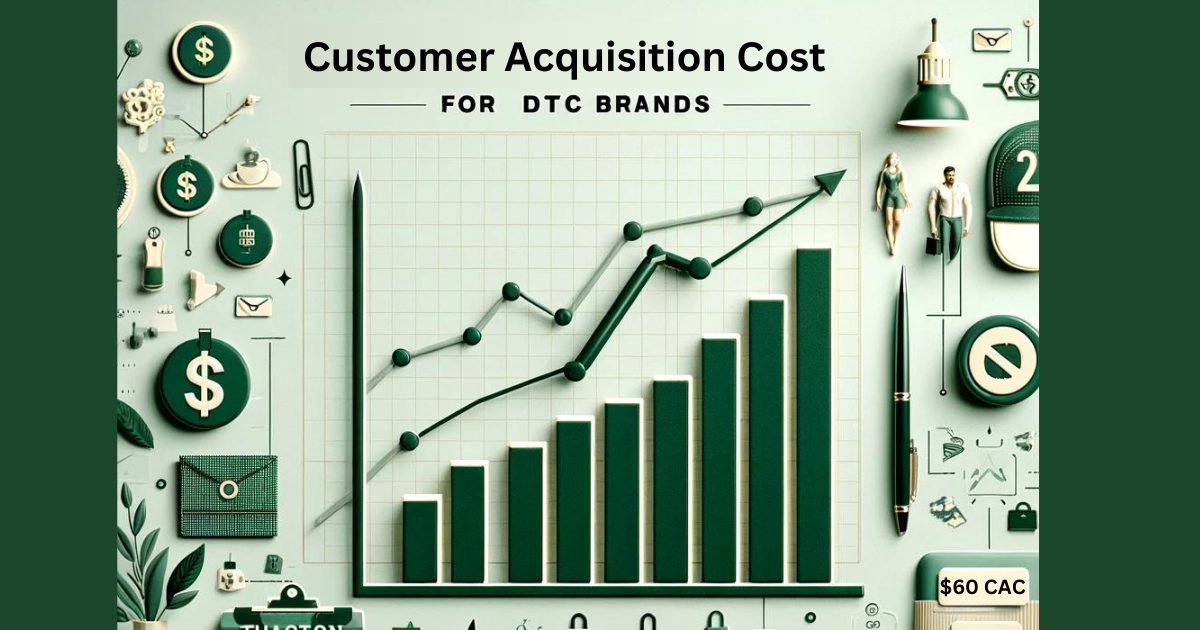The recent announcement of Trump's new tariffs has sent ripples through the e-commerce world, particularly for direct-to-consumer (DTC) brands manufacturing in China. With a 10% tariff increase and elimination of the de minimis rule, many DTC business owners are concerned about rising costs and potential disruptions to their supply chains. However, this change also presents strategic opportunities for brands ready to adapt.
What Are the New Tariff Changes for DTC Brands?
Two major policy changes are affecting DTC brands:
- 10% Tariff Increase: Products manufactured in China now face an additional 10% tariff when entering the US market.
- Elimination of the De Minimis Rule: Previously, products valued under $800 could enter the US without tariffs. This exemption particularly benefited marketplaces like Temu and Shein, allowing them to ship directly from China to US consumers with minimal costs.
How These Tariff Changes Impact Your DTC Brand's Bottom Line
Let's break down what a 10% tariff increase actually means for your profit margins:
Consider a product with these metrics:
- Selling price: $100
- Manufacturing cost: $20 (20% cost of goods)
- Current gross margin: 80%
With the new 10% tariff on your manufacturing cost:
- Your cost increases from $20 to $22
- Your gross margin decreases from 80% to 78%
While a 2% margin reduction might seem manageable, the impact compounds across your entire product line and inventory. For brands operating with tighter margins, this could significantly affect profitability.
5 Strategic Responses for DTC Brands Facing New Tariffs
1. Strategically Increase Your Prices
Many founders hesitate to raise prices, fearing decreased conversion rates. However, consumer expectations are already adjusting to price increases across all sectors. Consider:
- A modest price increase that maintains your margins
- Transparent communication with customers about industry-wide cost increases
- Testing different price points to find the optimal balance
Remember that a well-executed price increase often has minimal impact on conversion rates while preserving your profit margins.
2. Negotiate with Your Chinese Manufacturers
Now is the ideal time to renegotiate manufacturing costs:
- Aim to split the difference – seek a 5% reduction from manufacturers to offset half of the tariff increase
- Leverage your relationship and order volume for better terms
- Consider longer-term contracts in exchange for better pricing
If your current manufacturer is unwilling to negotiate, this might be the push needed to explore alternative manufacturing partners.
3. Optimize Your Inventory and Shipping Strategy
With increased costs, efficient inventory management becomes even more critical:
- Switch from air to ocean freight: This can reduce inbound shipping costs by up to 50%, helping offset the tariff increase
- Refine inventory forecasting: Avoid overextending on untested products
- Adjust reorder points: Consider slightly larger orders to reduce the frequency of shipments while maintaining optimal stock levels
4. Leverage Product Bundling to Increase AOV
Bundling products can help offset increased costs:
- Create strategic product bundles to increase your average order value
- Reduce overall shipping costs by sending more products in fewer packages
- Develop "tariff-resistant" bundles that combine high-margin items with those more affected by tariffs
5. Update Your Financial Forecasts and Cash Flow Projections
With changing cost structures, it's crucial to:
- Adjust your cost of goods sold calculations to include the tariff increase
- Revise cash flow projections to account for higher inventory costs
- Update profit forecasts to reflect your adaptation strategy
Competitive Advantages for US-Based DTC Brands
While the tariffs present challenges, they also create advantages for certain DTC brands:
- Advantage over Temu/Shein competitors: These platforms now face full tariffs and increased screening, potentially reducing their price advantage
- Domestic manufacturing edge: If you produce in the US, your pricing becomes more competitive against Chinese imports
- Opportunity for quality differentiation: As import costs rise, consumers may place greater emphasis on quality and durability over the lowest price
Next Steps for Your DTC Brand
To navigate these changes successfully:
- Know your numbers: Understand exactly how these tariffs affect your specific product line and margins
- Implement a multi-faceted approach: Combine several strategies rather than relying on just one solution
- Monitor policy developments: Be aware that future tariffs may expand to other countries like Mexico and Canada
- Consider long-term manufacturing diversification: Evaluate countries with skilled labor appropriate for your specific product category
Conclusion
While Trump's new tariffs certainly present challenges for DTC brands manufacturing in China, they don't have to derail your growth trajectory. By making strategic adjustments to pricing, manufacturing relationships, and operational efficiency, you can maintain healthy margins while positioning your brand for continued success in this changing landscape.
The most important step is understanding your specific numbers and developing a tailored strategy. With proper planning, these tariff changes may ultimately strengthen your business by forcing optimizations that improve long-term profitability.
Need help understanding how these tariffs specifically impact your DTC brand? Reach out for a personalized strategy consultation to navigate these changes effectively.




